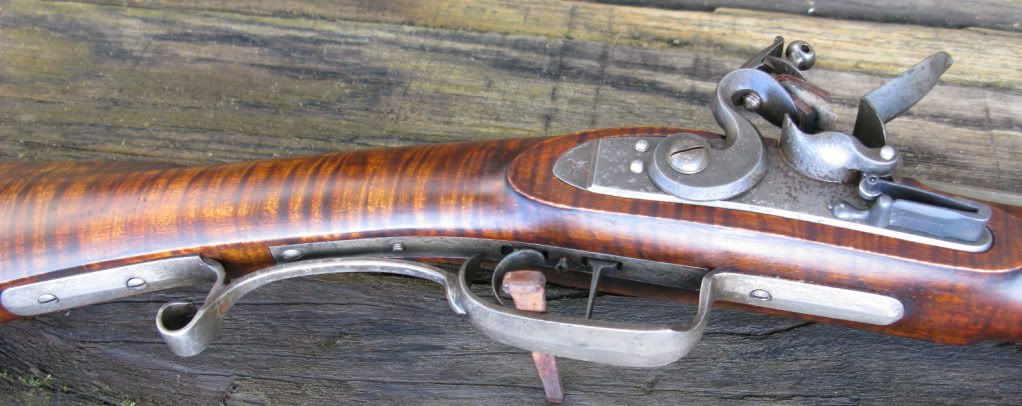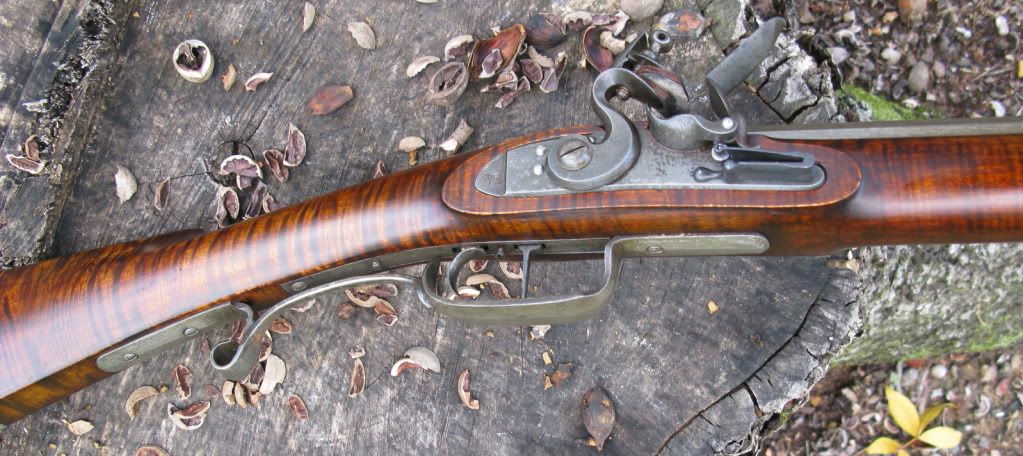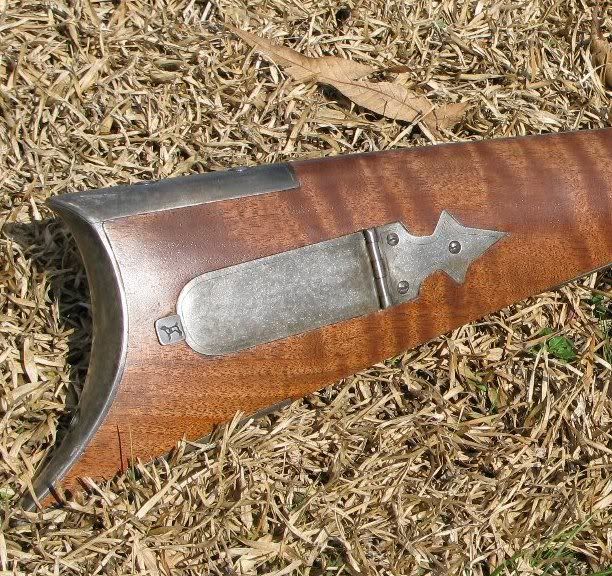I began using Linspeed, and found it too thick, and difficult to put on thin enough to get good coats.
I have now used B/C True Oil for years, and I think the most of it. I am sure there are equally good gun stock oils out there, but True Oil doesn't everything I need or want.
You should know that it allows you to repair scratches to the stock finish easily. Just put a dab of finish on the scratch and rub it and stretch it over the area. Presto- the scratch disappears!
As for a glossy or matte finish, I simply wait ten minutes after my last coat of the finish is put on, and sets up a bit, then Drag my VERY CLEAN index finger over the surface to break it down to a Matte finish. The result is NO plastic flashy shine to the stock. I think Birddog6's Walnut stock picture shows what a matte finish looks like on a stock.
You can also dull a finish by rubbing it with rottenstone, or fine pumice, and oil( available from paint stores, and some hardware stores.) Dip a rag into motor oil, squeeze off the excess, and then dip the oiled rag into the dry abrasive. Then rub lightly a small area of the stock. Move to a new area of the rag, dip in oil, squeeze, dip in the abrasive and move to another area.
The secret is to let the abrasive do the cutting, Not heavy pressure from your hands. ( Technique, again- not product!) :shocked2: :thumbsup: :thumbsup:
I have gotten good finishes on some wood with as little as 6 coats of True Oil. Others have taken 14-16 coats. If someone can tell me how to spot which wood will require more finish, they would be doing me a very big favor. Right now, the only way I know how many coats a piece of wood will take to achieve that finish is by doing it! :shocked2: :surrender: :thumbsup: I do take the finish down with light rubs of 0000 steel wool between coats. :hmm:















